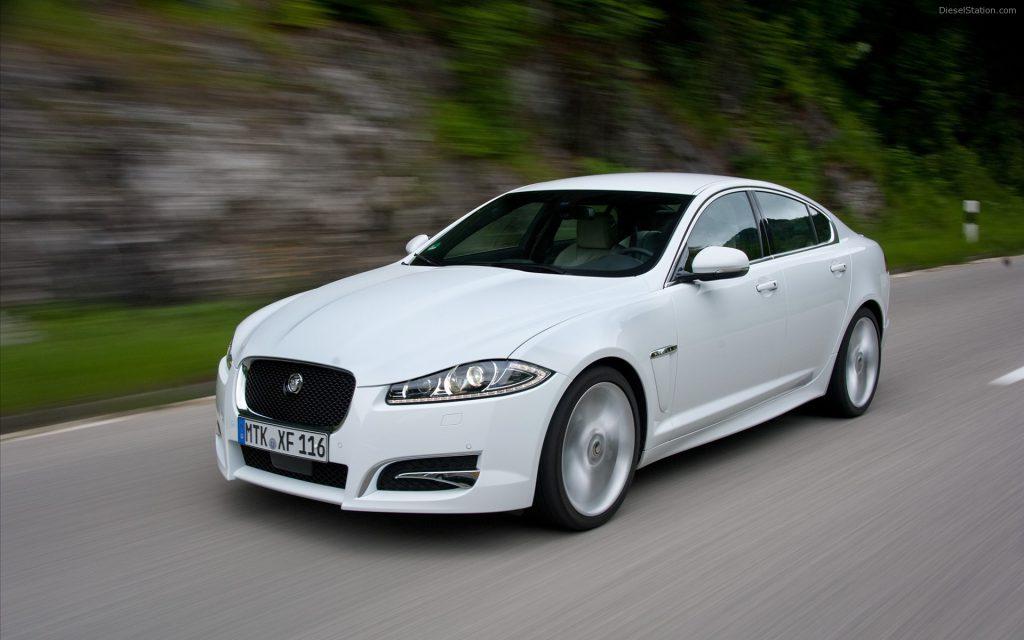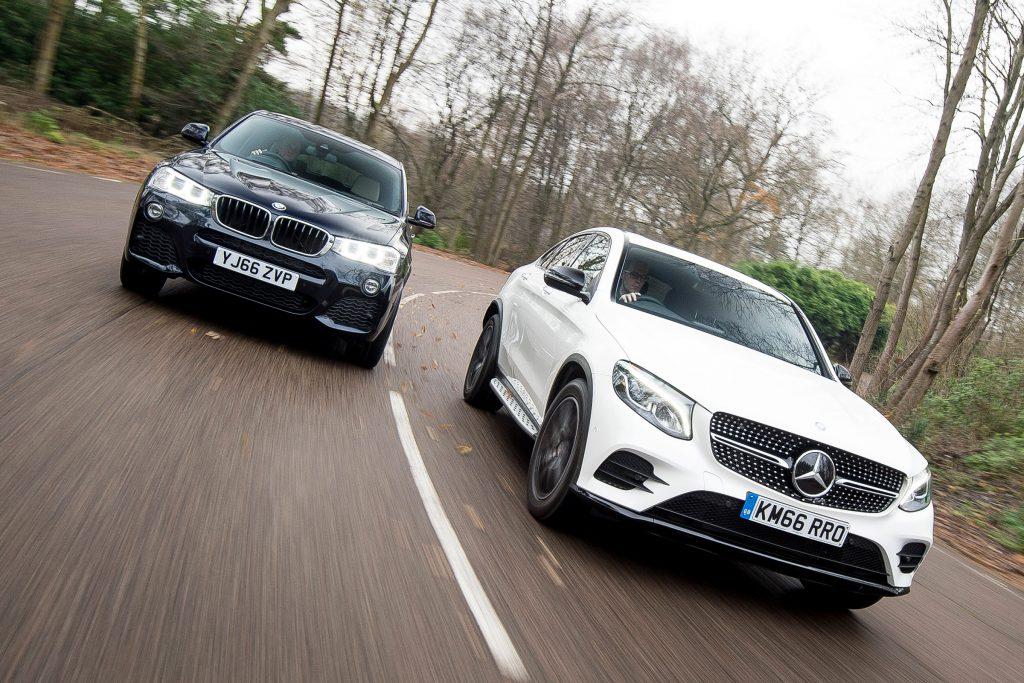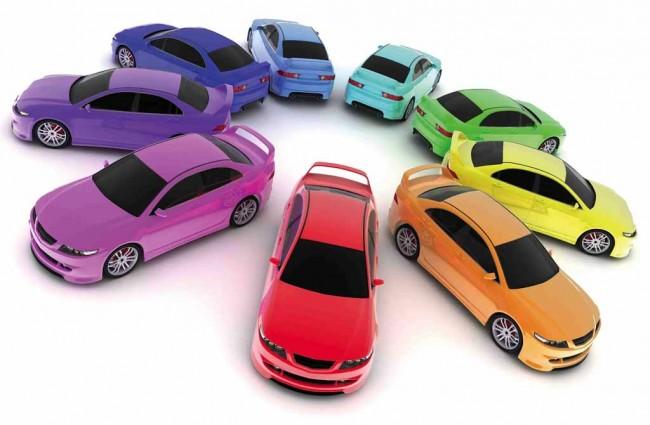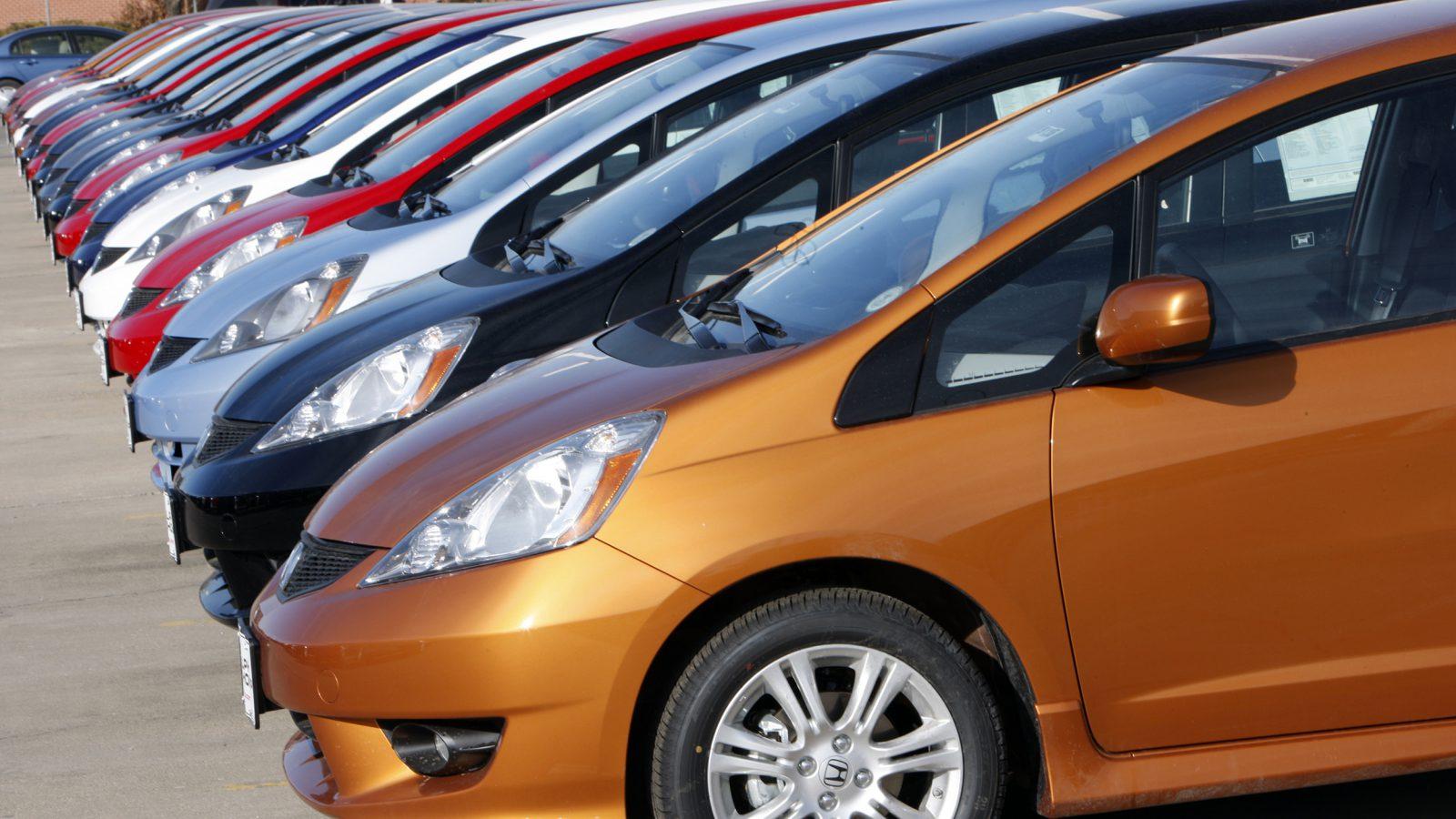The choice of color of the car you drive can strongly give insights about your preferences and personality. Color preferences vary throughout time and may change by region or vehicle type. The personality of the car is as vital as the personality of the buyer. The vehicle design, style, and branding can influence color choices. Out of all the tough choices linked with buying a new car, choosing a color can feel like the icing on the cake.
Car color means more than you think, and we’re here to explain why.
Contents
The Most Popular Car Color across the Globe
Since the late ’90s, white has been the top pick, whether it’s a luxury car, sedan, SUV, or even a sports car. What could be the reason behind this? It is because white scatters light that makes objects look larger than they are. This works well for both a tiny compact sedan and a large SUV.
Moreover, the white color lays a fresh face to the world and exemplifies a modern and sleek look. Owning a white car means you are presenting a young, fresh, modern face to the outside world. The resale values of white cars seem to be on the rise these days.

According to statistics, white is the most preferred car color, black takes the second position and then silver and gray come into the race. Additionally, recent research by PPG – the world’s leading coatings, shows that the most popular colors on cars are white (35%), black (18%), gray (14%), and silver (11%) respectively. Every year, PPG conducts a survey to report on the paint color selection trends of auto consumers globally. The group’s latest research shows that the most popular paint color chosen by consumers when buying a car is white at a rate of 35%. This ratio is much more than the total number of blue, green, yellow, beige, and red.
Research also shows that the trend of two-tone color schemes on vehicles is increasingly popular thanks to the increase in the need to personalize cars according to consumer preferences. PPG says two-tone cars were popular in the 1950s and 1960s, but conventional color development processes made them increasingly impractical in a mass production environment. However, nowadays thanks to new technologies, two-tone color matching for cars no longer takes as much effort as before. Two-tone paint can now be found on many vehicles.
How Comfortable Is Your Car Color?

One might know that dark colors tend to absorb more heat than brighter colors. So, if you are living in a tropical country, brighter colors will be more comfortable for you as compared to darker ones. Some car care experts carried out an experiment, which revealed tremendous results.
They used 2 Hyundai cars – one black and one silver and made them stand in light for 1 hour. When checking the interior temperatures of both the cars after one hour, they found that the black one was 10 degrees hotter inside the cabin than the silver one. So, it showed that darker color cars are not going to be comfortable as well as cost-efficient in terms of maintenance over the long run.
What Car Colors Are The Best When It Comes to Maintenance?

The most common question we get from most of the drivers is – What car color is the best when it comes to ease of maintenance? In other terms, the color that doesn’t easily show off scratches or doesn’t easily look dirty. Also, it is industry knowledge and car expertise that a vehicle’s color affects the initial purchase price, maintenance, resale, and repair —all greater concerns today.
According to car experts, if you are not willing to put in that much work in maintaining the car’s immaculate color, then you must stay away from dark ones such as black. Typically, more scratches and swirls are seen on darken colors. On the other hand, colors like white, silver, shades of gray, and other light colors are the easiest to take care of. Days to weeks of dust hardly show up on these colors.
If you live in a place where mud, dirt, and grime are ever-present, it’s best to choose a car color that won’t need a wash every other day. Not only is this more budget-friendly, it also saves a lot of your valuable time.
Read more
Relation between Car Color and Safety on the Road
Does the color of your car somehow relate to the safety of the road? Color can affect safety statistics. According to figures, black cars are 47 percent more expected to be involved in crashes than other colors. So why? Because the color of the car has very different reflective effects in different lighting conditions. Dark-colored vehicles are most difficult to recognize visually in the early morning and evening when the lighting is poor, while light-colored vehicles are easiest to recognize, so the safety of black vehicles is less.
Meanwhile, white cars are about 10 percent less likely to be involved in car accidents during daylight than a vehicle painted in a less visible color, such as gray, blue, or silver.

As per statistics, silver is the most popular color buyers are going for these days, in terms of private new vehicle sales It is a safe color as it’s bright and stands out in low-light situations. And even if there is an accident, the level of injury is relatively light. However, this color blends in very well in rainy conditions, making it hard to see. Also, it’s one of the best colors for resale value.
But, instead of relying too much on your car’s color, you should also pay some little attention, such as using steering wheel clubs, making sure your car alarm works, and parking in well-lit or well-guarded surroundings.
Watch more:
Conclusion
Now, you might realize how important your car color is. It holds a true significance in your life. So, it’s important to spend some time considering the color choice for your next vehicle before signing up the papers.




It was really nice to know that gray cars a popular nowadays because of the idea that they are bright and stands out in low-light situations making them safe to use. If that is the case, then I will ask the professional to paint my car in such a way that gray becomes the dominant color. I have a black car right now, and since I want it to be safe for my brother to use, I will have it detailed. Thank you for sharing.